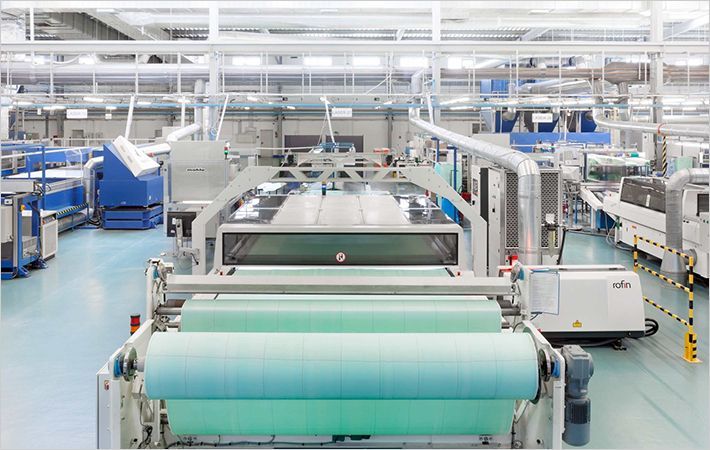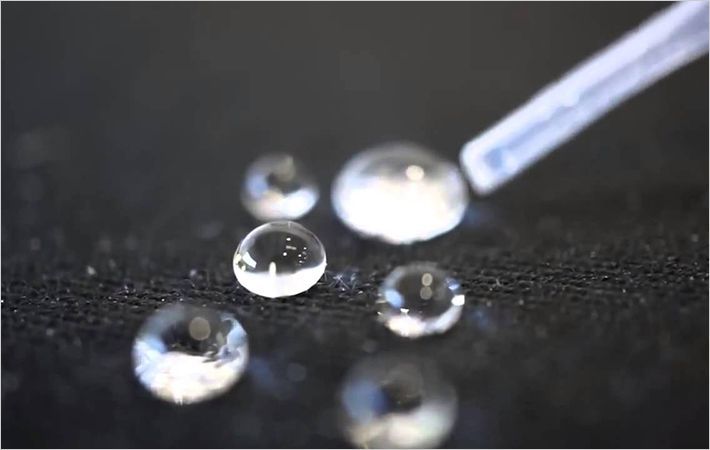Newer aircraft programmes like B787, A380 and A350 XWB, high fleet operating costs and regulatory pressure on aviation-related carbon emissions are driving the adoption of advanced fibre composites in commercial aviation applications.
New analysis from Frost & Sullivan, Strategic Analysis of the Global Aviation Composites Market, finds that the market earned revenues of $178.5 million in 2011 and estimates this to reach $413.9 million in 2018.Newer aircraft programmes like B787, A380 and A350 XWB, high fleet operating costs and regulatory pressure on aviation-related carbon emissions are driving the adoption of advanced fibre composites #
"The increasing fuel efficiency of an aircraft is directly correlated to a reduction in its overall weight," noted Frost & Sullivan Chemicals and Materials Industry Analyst Sandeepan Mondal. "Greater incorporation of lightweight composite materials will help aircraft original equipment manufacturers (OEMs) to reduce costs, optimise processes and achieve parts consolidation."
Controlling aircraft production costs as well as lowering delivery times is the top priority for aircraft OEMs. This, paralleled by rising fuel prices, is making it imperative for OEMs to not only boost the fuel efficiency of an aircraft (by making it lightweight and using efficient engines), but also to enable a faster processing window for materials integration into the aircraft structure.
Replacing metal with composites in an aircraft can lead to up to 40 per cent reduction in weight. This translates to higher fuel efficiency and, consequently, lower operating costs. In addition, advanced fibre composites provide a better alternative to metals due to their higher impact resistance, which essentially means improved safety. From an economic perspective, these advanced composites are ideal for larger, wide-body aircraft.
However, high fabrication costs, substitution threat from metals and metal-matrix composites, difficulties related to repair and recyclability as well as the lack of material standardisation are restraining the uptake of advanced fibre composites in commercial aviation applications.
"Tier-I suppliers and aircraft OEMs should implement new fabrication techniques which would bring down the overall system cost for the aircraft component," advised Mondal. "Out-of-autoclave and automated processes like automated tape laying (ATL) and automated fibre placement (AFP) should be implemented vigorously across all aircraft programmes to achieve the ideal balance between cost and performance."
Frost & Sullivan

